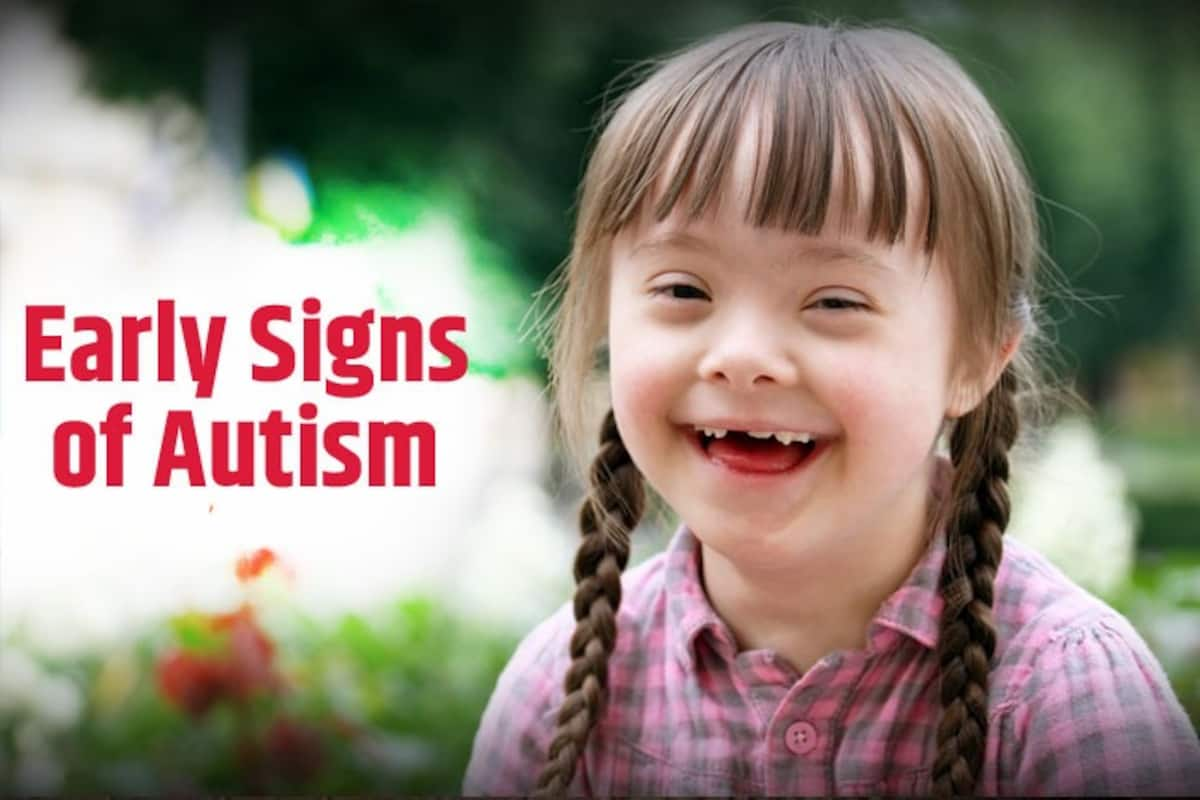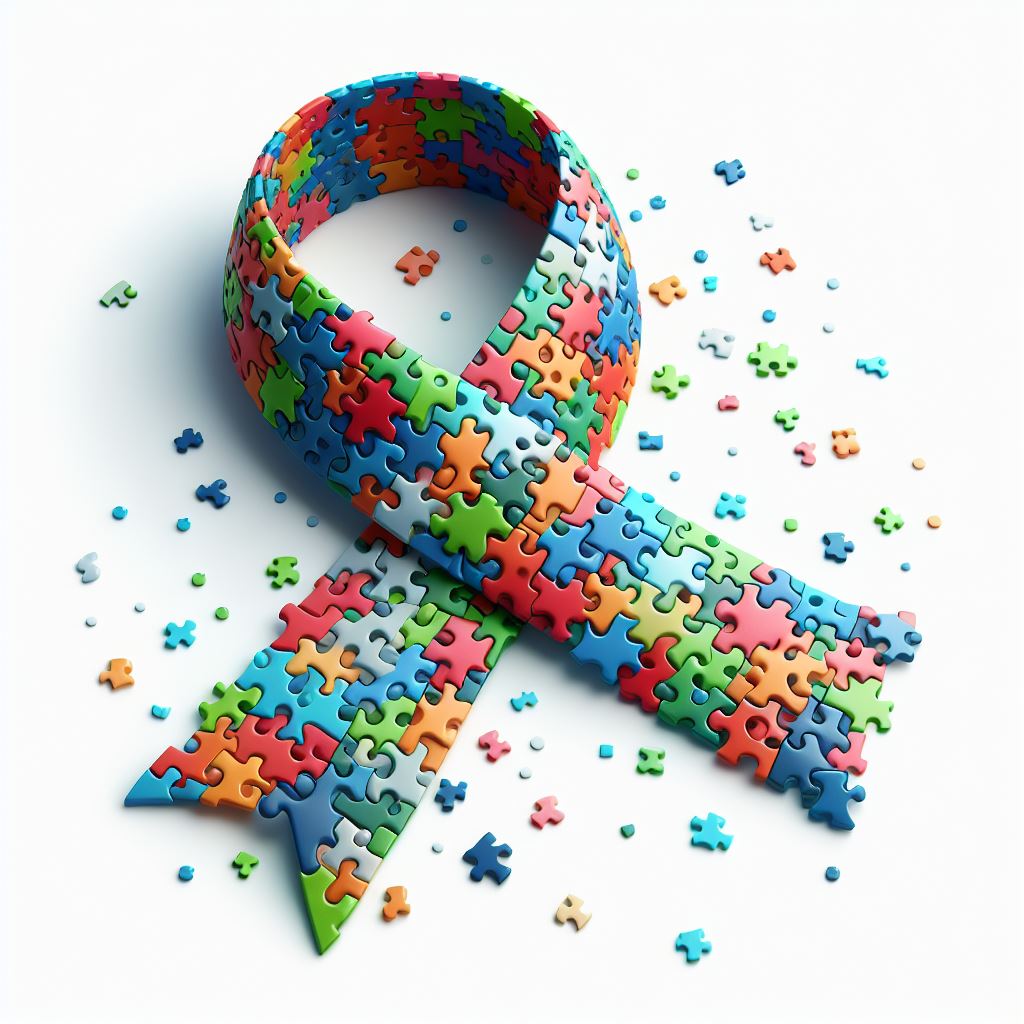The Duty of Education in Supporting Students with Autism: Best Practices
The Duty of Education in Supporting Students with Autism: Best Practices
Blog Article
Checking Out Autism: Strategies for Efficient Interaction and Communication
Reliable interaction and communication with people on the autism spectrum necessitate a detailed understanding of their one-of-a-kind demands and choices. Approaches such as using clear language, using aesthetic assistances, and promoting constant routines can substantially enhance engagement and reduce stress and anxiety. Additionally, identifying the importance of non-verbal cues and shared interests leads the way for meaningful links. The complexities of these approaches disclose additional considerations that warrant exploration, specifically in just how they can be adapted to varied contexts and specific experiences. What might these adaptations look like in technique?
Understanding Autism Spectrum Problem
Autism Spectrum Problem (ASD) encompasses a variety of neurodevelopmental problems defined by obstacles in social communication, communication, and recurring behaviors. The term "range" mirrors the diverse symptoms and differing levels of seriousness experienced by people with ASD. While some may display substantial impairments, others may show high-functioning characteristics, enabling greater self-reliance in every day life.
The start of ASD usually takes place in very early childhood, with indications usually identifiable by age two. Early indications may consist of postponed speech growth, limited eye contact, and problems in comprehending social cues. Although the specific etiology of ASD continues to be unclear, research suggests a combination of environmental and genetic aspects plays an essential role in its advancement.
People with ASD usually have one-of-a-kind toughness, such as increased interest to detail and phenomenal memory abilities. They might battle with comprehending abstract ideas and handling changes to routine - autism. Because of this, treatments and assistance tailored to individual demands are crucial for cultivating interaction and social skills. Recognizing the intricacy of ASD is crucial for promoting recognition, acceptance, and effective strategies that promote significant interactions with people on the spectrum.

Value of Clear Interaction
Efficient communication is vital for fostering understanding and link, particularly for individuals with Autism Range Disorder (ASD) Clear communication not only facilitates social communications yet also enhances the individual's capacity to express their demands, feelings, and thoughts. For individuals with ASD, the subtleties of language can often be testing; as a result, using unambiguous and straightforward language is essential.
Additionally, clear communication helps in reducing aggravation and anxiety that may arise from misconceptions. When messages are communicated in a straight and constant fashion, individuals with ASD are much better furnished to interpret info properly, which can substantially enhance their social interaction and participation in different settings.
Developing regimens and using aesthetic assistances can additionally bolster clear interaction. These strategies supply people with predictable structures that assist comprehension and retention of info. In addition, actively paying attention and being individual throughout interactions promotes a helpful setting where individuals with ASD really feel valued and recognized.
Ultimately, prioritizing clear communication not only encourages people with ASD but likewise cultivates more meaningful connections with their peers, caretakers, and the broader area, leading the way for comprehensive communications and joint relationships. - autism
Non-Verbal Communication Methods
Interaction expands past words, and for people with Autism Range Problem (ASD), non-verbal signs play a significant function in interactions. Non-verbal communication methods can include face expressions, gestures, body movement, and eye contact, all of which work as important elements for conveying emotions and intentions.
Comprehending and translating these non-verbal signals can improve interactions with individuals with ASD. A warm smile or open posture can develop a welcoming environment, motivating interaction. Utilizing visual help-- such as photo cards or signs-- can connect interaction voids and help convey messages a lot more efficiently.
It is also important to be mindful of individual area, as individuals with ASD might have different convenience levels relating to distance. Observing their reactions to physical distance can notify suitable changes.

Developing Helpful Atmospheres
Creating a supportive setting is vital for promoting positive interactions and boosting the wellness of people with Autism Range Disorder (ASD) Such settings can considerably reduce anxiousness and develop a feeling of safety, permitting individuals to share themselves much more freely.
To accomplish this, it is vital to consider sensory sensitivities that people with ASD may experience. Changing the physical room to include soft lights, minimal history noise, and comfortable seats can create a relaxing atmosphere. Furthermore, making use of constant routines and clear aesthetic schedules can assist people anticipate shifts and lower uncertainty, additional advertising comfort.
Social rooms should be structured to lessen frustrating stimuli while supplying possibilities for engagement in recommended activities. Facilitating areas assigned for silent time can also function as a sanctuary throughout moments of stress. Importantly, integrating components great post to read of selection empowers individuals, permitting them to exercise agency in their setting.

Urging Social Interactions
Cultivating social interactions amongst individuals with Autism check this Spectrum Problem (ASD) requires deliberate strategies that prioritize convenience and engagement. Developing foreseeable routines can help in reducing anxiousness, making social settings a lot more friendly. Creating structured settings with defined functions and obligations enables people to involve without the overwhelming pressure of unstructured social characteristics.
Incorporating passions and strengths into social tasks can act as a catalyst for interaction. Organizing team tasks around shared leisure activities or topics of fascination can assist in all-natural discussions and links. In addition, utilizing visual supports, such as photographic routines or social manuscripts, can help in recognizing social signs and assumptions.
Designing ideal social behaviors is vital - autism. Grownups and peers need to show efficient interaction methods, consisting of energetic listening and turn-taking. Role-playing situations can additionally give a secure area for people to practice these skills
Lastly, fostering peer partnerships via comprehensive techniques is crucial. Urging comprehensive playdates or group outings can create opportunities for socializing in a comfy setup. By applying these approaches, caretakers and teachers can substantially enhance social communications for people with ASD, promoting their overall social development and health.
Conclusion
To conclude, efficient interaction and communication strategies are vital for supporting people with Autism Spectrum Condition. Emphasizing clear language, integrating non-verbal cues, and establishing foreseeable routines substantially enhance interaction and minimize anxiety. Producing supportive atmospheres cultivates safe official source social interactions, while motivating shared interests helps with meaningful links. Ultimately, these techniques encourage people with autism to navigate social landscapes, promoting their total well-being and enabling the advancement of long lasting partnerships.
Effective communication and interaction with individuals on the autism spectrum necessitate a detailed understanding of their special demands and choices. Clear interaction not just promotes social communications but also enhances the person's capacity to share their thoughts, needs, and feelings.Cultivating social communications amongst individuals with Autism Spectrum Disorder (ASD) requires intentional strategies that focus on comfort and engagement. By implementing these methods, caregivers and instructors can considerably improve social interactions for people with ASD, advertising their overall social growth and wellness.
In conclusion, reliable communication and communication methods are essential for sustaining individuals with Autism Range Condition.
Report this page